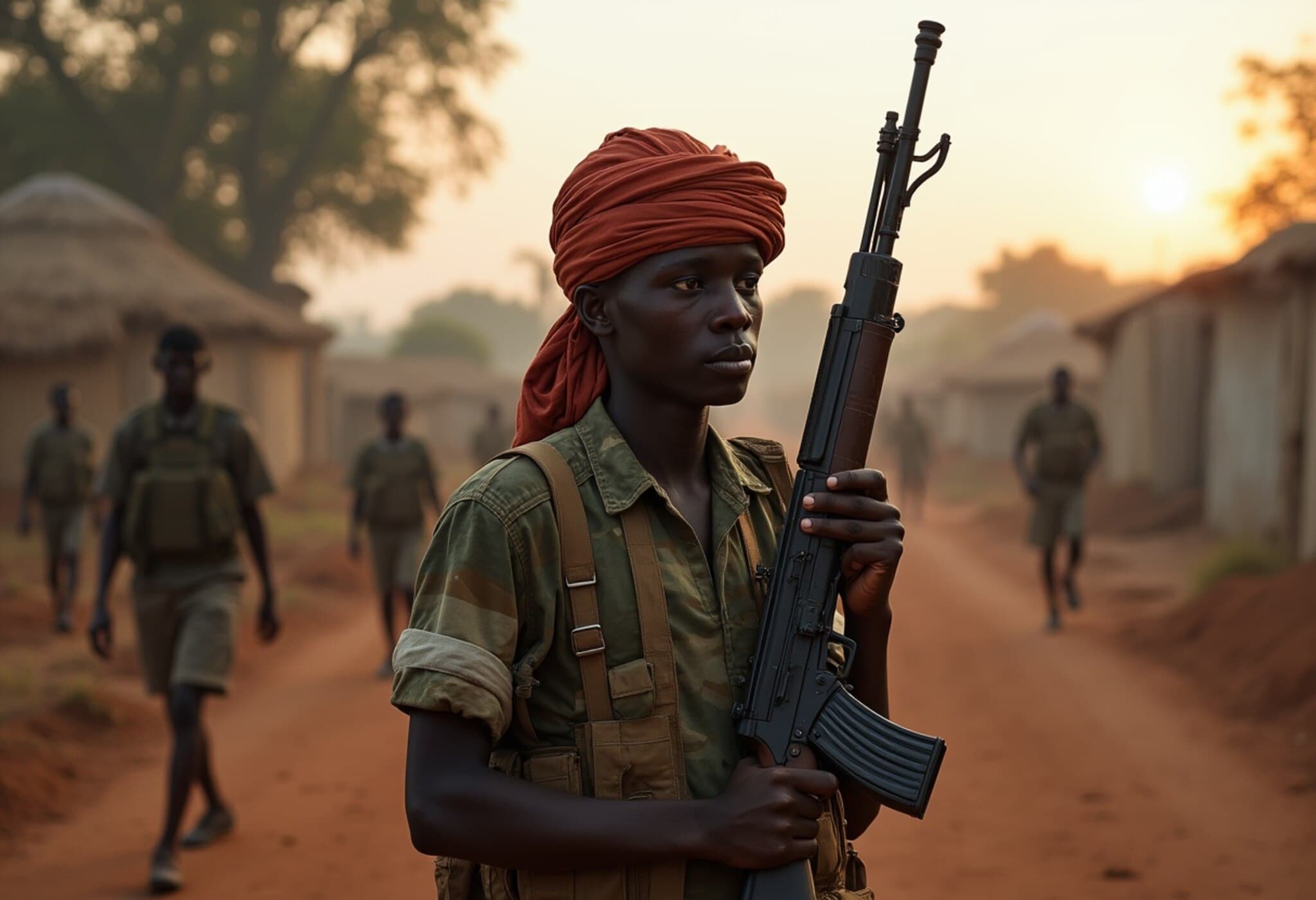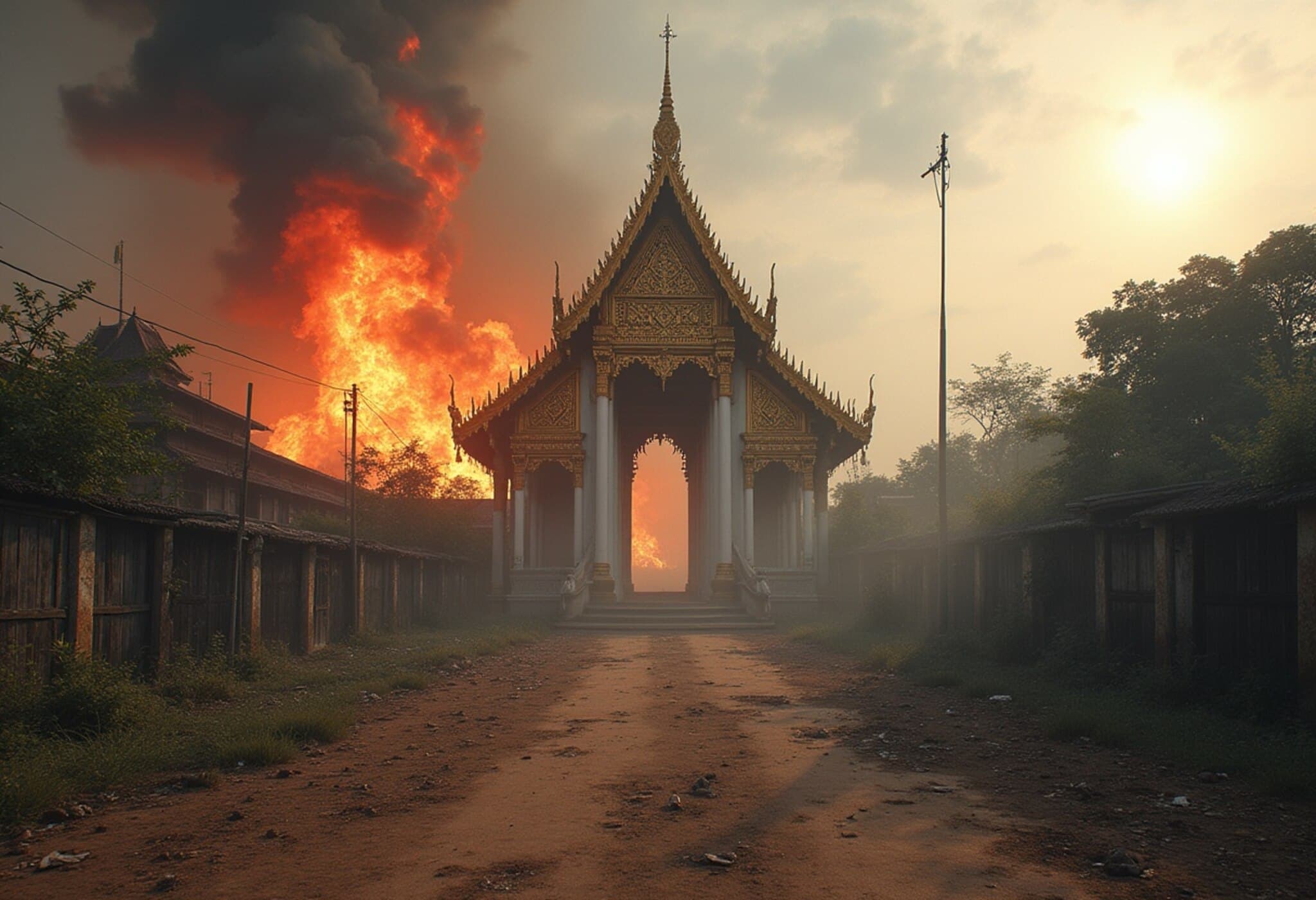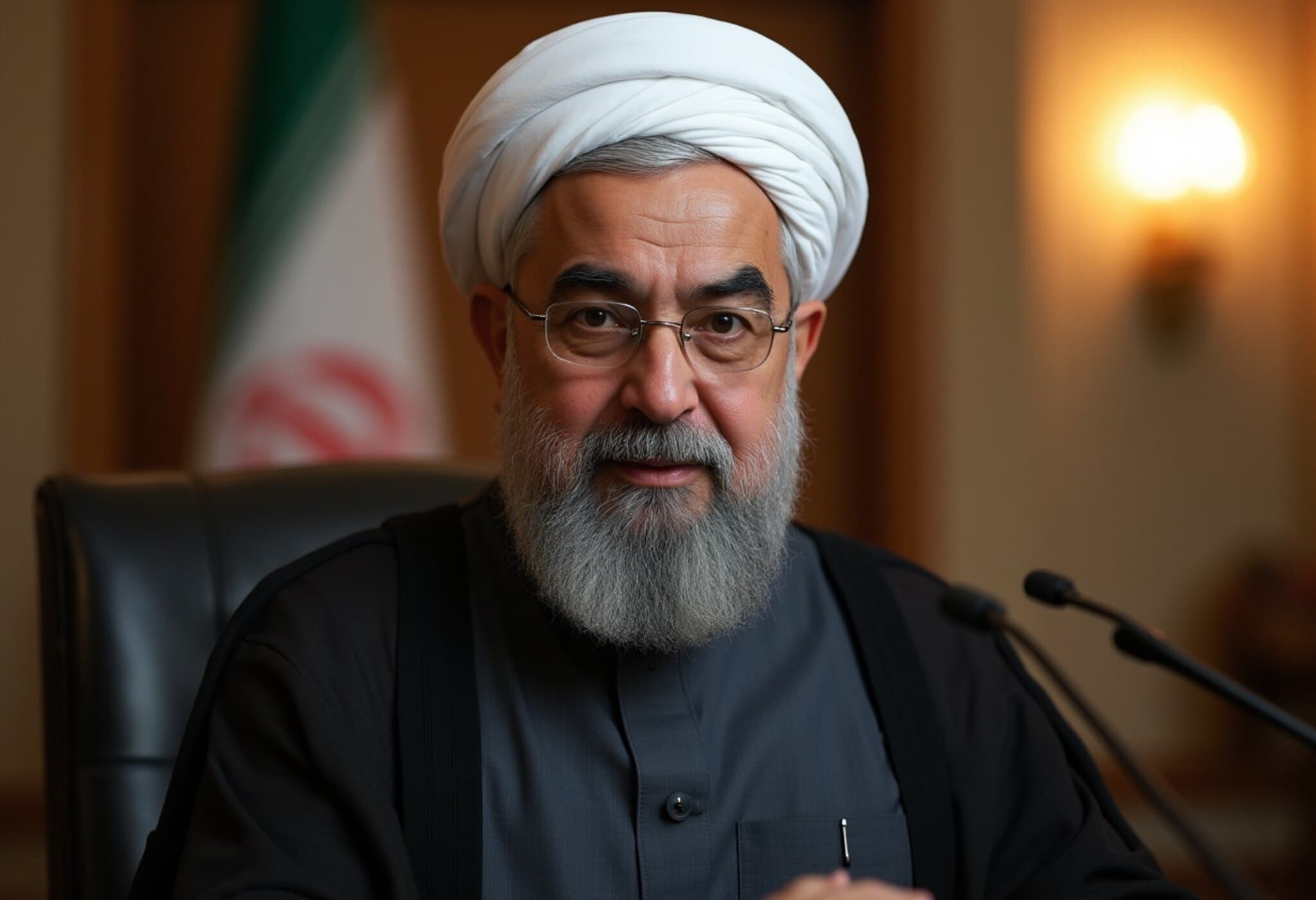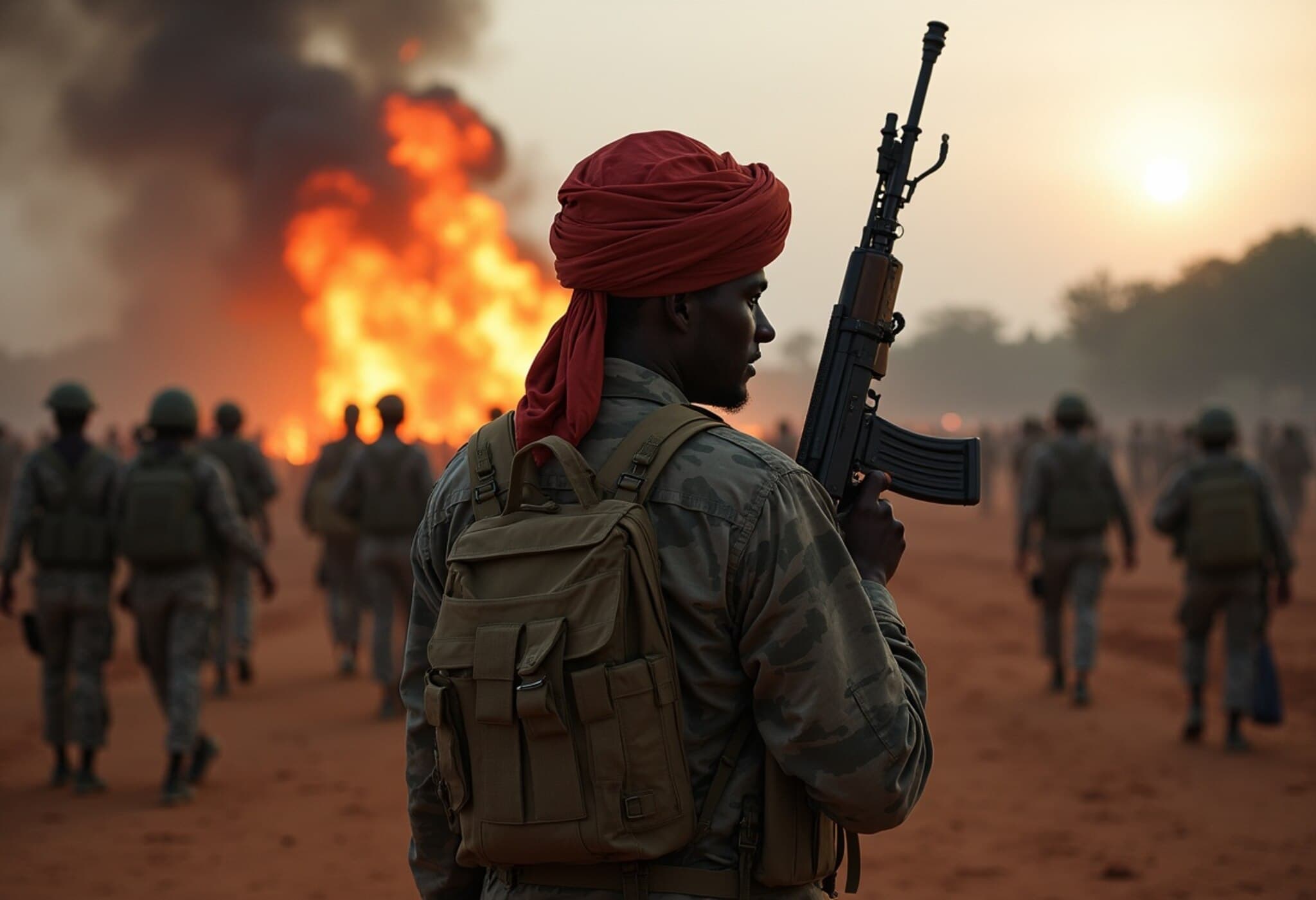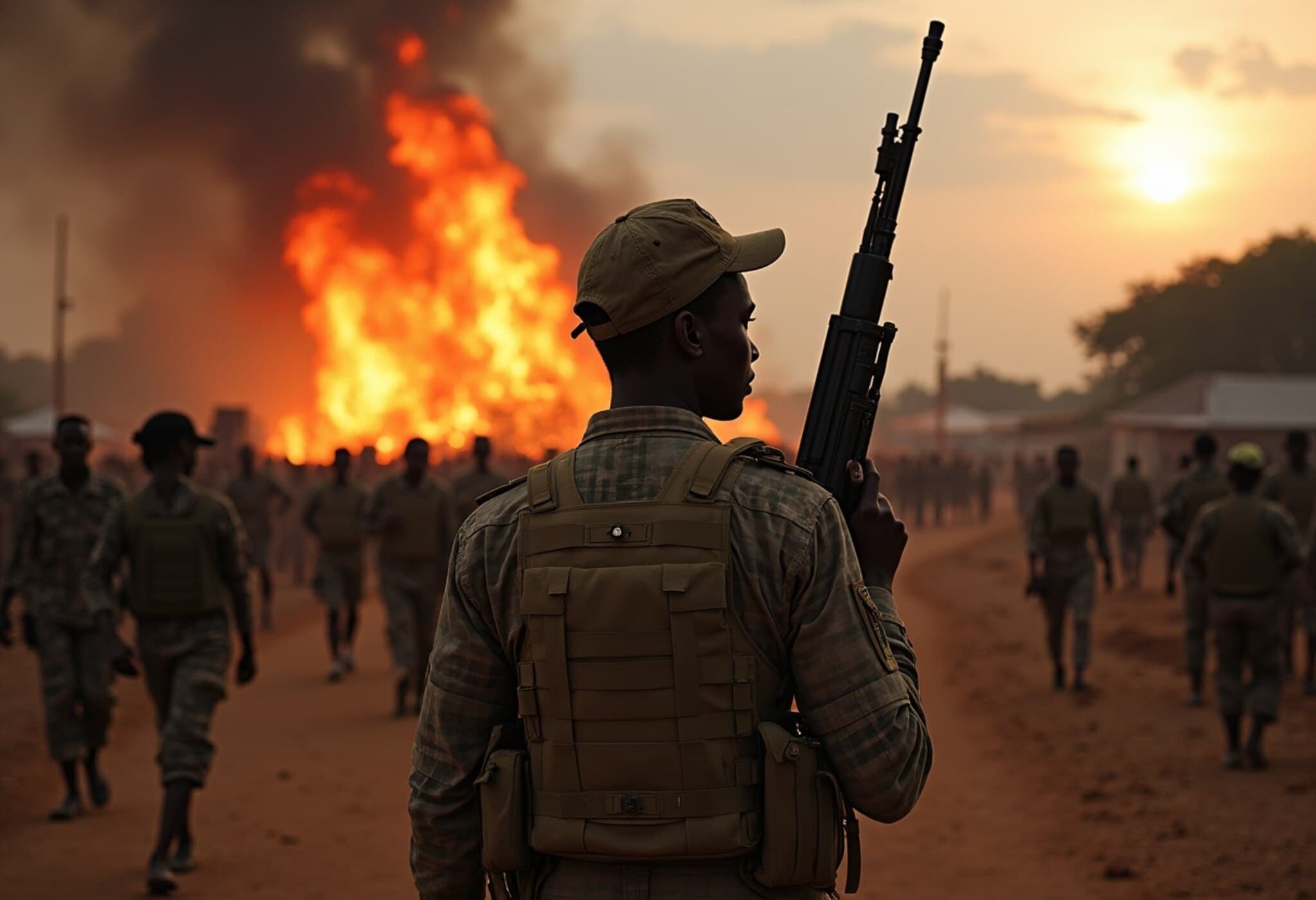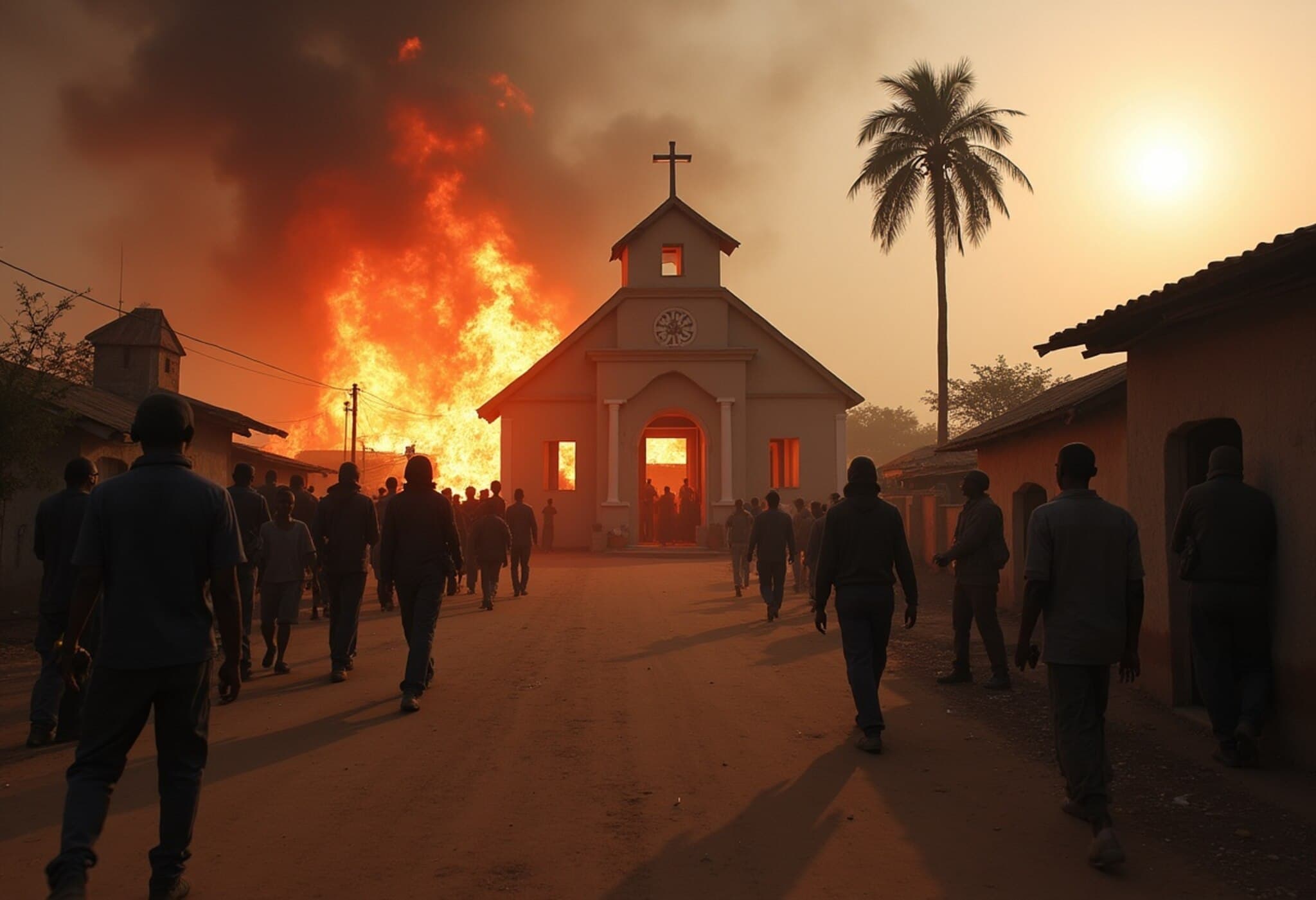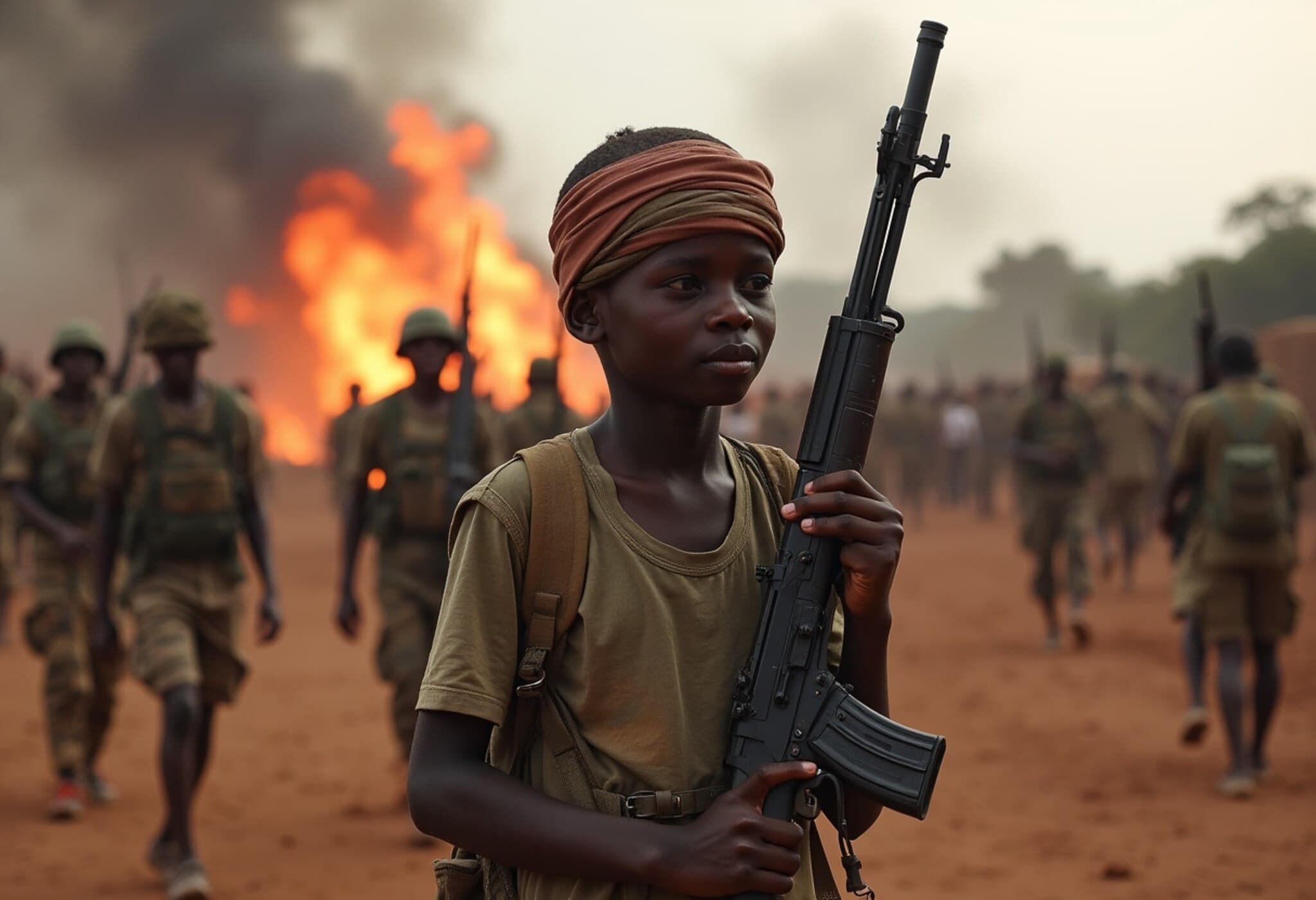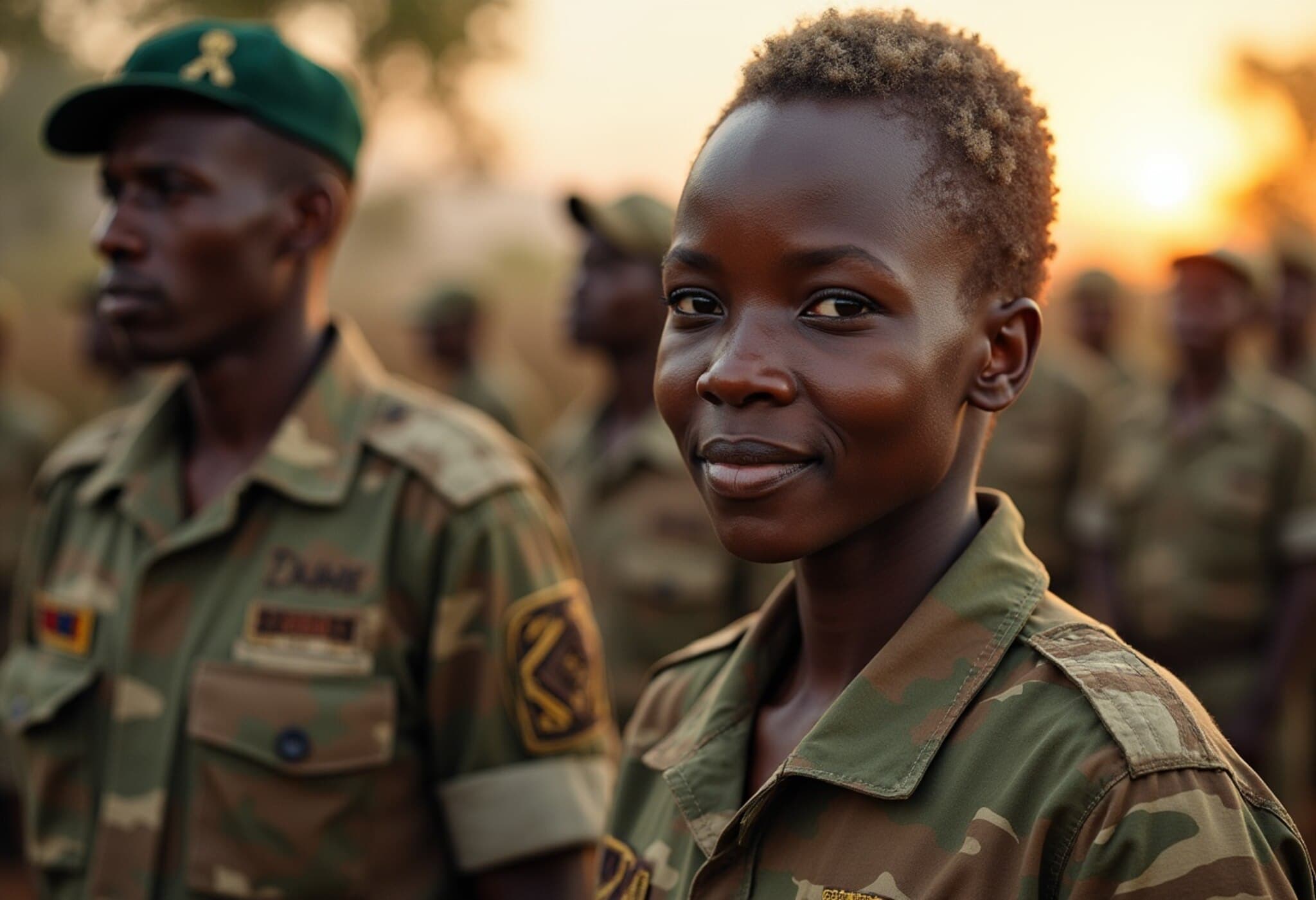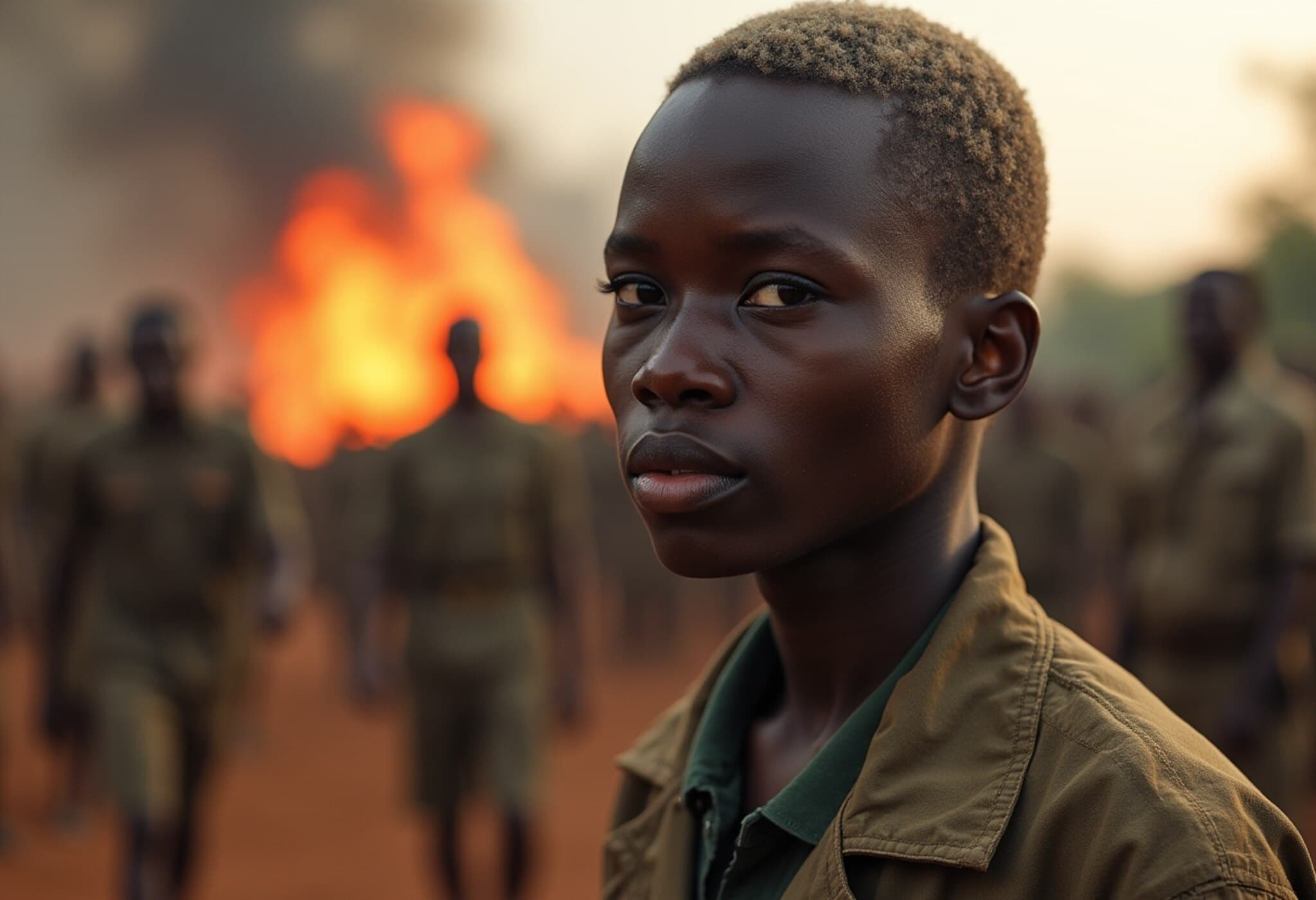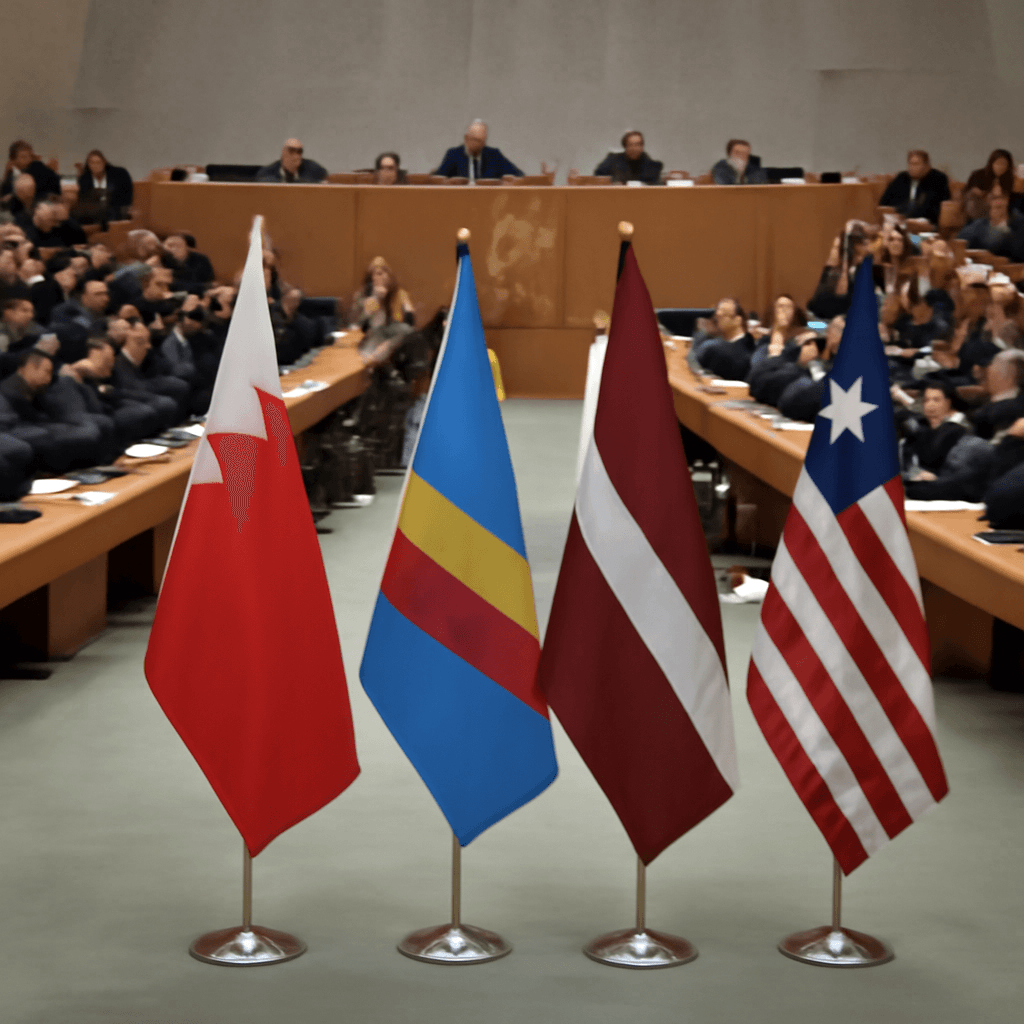Deadly Machete Attacks in Eastern Congo Spotlight Ongoing Conflict
In a grim reminder of the persistent violence plaguing eastern Democratic Republic of Congo (DRC), Islamic State-affiliated rebels from the Allied Democratic Forces (ADF) launched brutal machete and hoe attacks, killing at least 52 civilians across the Beni and Lubero regions. These assaults unfolded amidst intensified military operations by Congolese and Ugandan forces trying to contain the insurgency.
Revenge Attacks After Military Setbacks
According to Lieutenant Elongo Kyondwa Marc, spokesperson for the Congolese army in the region, the ADF's deadly raids were retaliatory acts following recent defeats by government troops. "They did not discriminate — women, children, anyone in their path became victims," said Macaire Sivikunula, chief of Lubero’s Bapere sector, who provided eyewitness accounts to Reuters.
Eyewitnesses described horrifying scenes: villagers forcibly gathered at gunpoint, bound, then slaughtered with machetes and hoes. In Melia village alone, some 30 civilians lost their lives. The victims included women and children, some killed inside their homes, which were also set ablaze in an apparent attempt to terrorize survivors and erase evidence.
Ongoing Humanitarian Crisis and Regional Implications
The United Nations Organization Stabilization Mission in the Democratic Republic of the Congo (MONUSCO) condemned the attacks as "shocking and reprehensible," emphasizing the indiscriminate nature of the violence between August 9 and 16. The official death toll of 52 may rise as the search for victims continues.
The ADF, originally a Ugandan rebel group, has evolved into a deadly insurgency deeply entrenched in eastern Congo's mineral-rich territories. They fight over control of resources, land, and influence — turning civilians into collateral victims in a prolonged conflict that destabilizes the Great Lakes region.
Military Response and Future Outlook
In response, armed forces from Congo and Uganda have escalated their offensive against the ADF in hopes of dismantling their networks. However, analysts caution that purely military strategies without parallel socio-economic and political solutions may fail to end the cycle of violence that fuels group recruitment and local grievances.
- July 2025: ADF killed 38 worshipers in a church attack in eastern Congo, increasing fears of religiously targeted violence.
- Regional Stability: Continued instability impacts cross-border trade, humanitarian aid delivery, and refugee flows.
- International Attention: The international community remains focused on the Congo conflict but struggles with effective intervention strategies.
Expert Perspective: Addressing Root Causes
Conflict analysts emphasize that decades of weak governance, poverty, and resource exploitation have created fertile ground for groups like the ADF. Experts argue that new approaches integrating community reconciliation, economic development, and regional diplomacy are essential to lasting peace.
As violence escalates, the human cost remains staggering. The survivors — scarred by trauma and loss — underscore the urgent need for solutions beyond battlefield victories.
Editor’s Note:
The recent machete attacks in eastern Congo reveal not only the visceral brutality of the ADF insurgency but also a deeper failure to address the root causes of conflict in the region. While military responses may offer temporary relief, without comprehensive political will and investment in local communities, such violence risks becoming a tragic norm. Readers should consider the broader dynamics of land disputes, economic deprivation, and regional geopolitics fueling this crisis and the urgent challenge facing policymakers and humanitarian actors alike.

